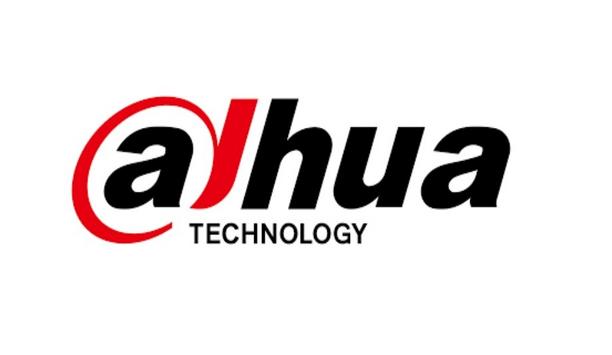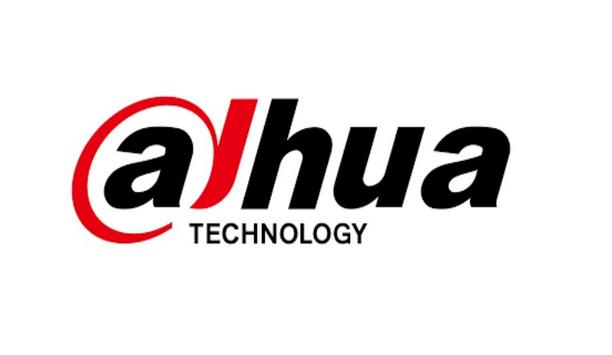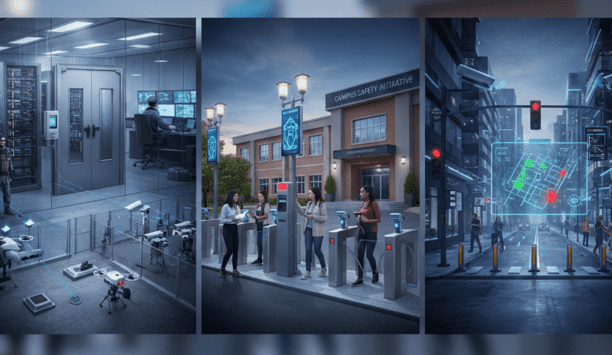It seems that only a few days pass between cyber security stories of concern to the public such as personal data leaks and DIY home camera hacks. With this in mind and the need for increased connectivity, the industry is in need for guidance in cyber security. 2020 is set to be a year of change for the physical security industry. Here are the top four predictions to stay head of market trends in the year ahead.
1. There will be more clarity for installers about industry-standard for cyber security
The professional security industry will next year see the launch of a new set of cybersecurity guidelines
Through the work being conducted by the BSIA Cyber Security Product Assurance Group (CySPAG), the professional security industry will next year see the launch of a new set of cybersecurity guidelines. This will provide the industry with the guidance and clarity that is currently missing.
A key area of clarification is the chain of responsibility. It is not just the responsibility of the manufacturer to keep everything secure from a cyber-perspective. The whole supply chain is responsible - once a product leaves the lab where they’re manufactured, conditions change. Those who maintain, install and operate the product have a shared responsibility to ensure that a product or system remains cyber secure.
As the sector develops and more cyber-enabled products become available to the market, this cyber security approach will become more important, and a key differentiator to the DIY market, which can only be a good thing.
2. Cloud and 4G connectivity are giving end-customers better physical security
The percentage of panels connected to cloud services is now increasing every year
Manufactures have been producing cloud-ready products for several years. Initially, not all installers had been taking advantage of benefits of cloud-connected panels, however the percentage of panels connected to cloud services is now increasing every year.
Trust and education have improved, meaning that installers and end-users have realised that connectivity is positive, enabling consumers to check on their properties remotely and allow installer to remotely support their customers.
However, one area of constraint has been the dependency on customers networks which may, or may not, offer the level of performance that a robust and resilient security system demands.
With the introduction of mobile data connectivity to connected products over the past few years, and as connectivity becomes more widespread across physical security products there will also be a greater shift toward mobile technologies such as 4G, either as a back up to a router connection or for complete network independence.
3. Connectivity is changing the way installers work
Installers are a vital part of the chain of when a new alarm system is fitted into a property
Installers are a vital part of the chain of when a new alarm system is fitted into a property, providing both installation and maintenance services. Traditionally maintenance activities have always been delivered on-site.
With the increased ease of connectivity for security systems and the advancements in how these systems are used, installers are provided further opportunity to enhance customer service around the delivery of maintenance.
It is no longer a requirement to have a customer wait until an engineer can attend a property to remedy a fault, as many can now be addressed within minutes from any location in the world.
This ability allows installation businesses to focus their engineers on more critical tasks while delivering an overall higher level of customer service. Indeed, some installation businesses are moving to a model of having dedicated remote support engineers in addition to the road-based team.
4. Manufacturers are ready for IP-only alarms, ahead of the 2025 analogue switch off
The PSTN switch off being conducted by BT and other service providers is due to be completed in 2025
The PSTN switch off being conducted by BT and other service providers is due to be completed in 2025 as part of the move to Next Generation Networks, ending the use of analogue phone lines and moves communications technology into an all IP-only space.
Although some service providers have indicated that there may be some type of initial PSTN simulation, those providers that are doing this are also making it clear that this is only a temporary solution. The switch off will be a huge change for the security industry.
Where heritage, analogue alarm systems are in use, installers will need to plan to reconfigure existing systems to use the temporary PSTN simulation functions (where available) or upgrade systems to an all IP solution.
Although 2025 feels a long way off, installers and end-users need to start planning now and taking the necessary action. In our sector, manufacturers are ready for IP-only alarms through the provision of cloud-based solutions and the use of techniques such as SIA IP for ARC monitoring.
Learn why leading casinos are upgrading to smarter, faster, and more compliant systems

























